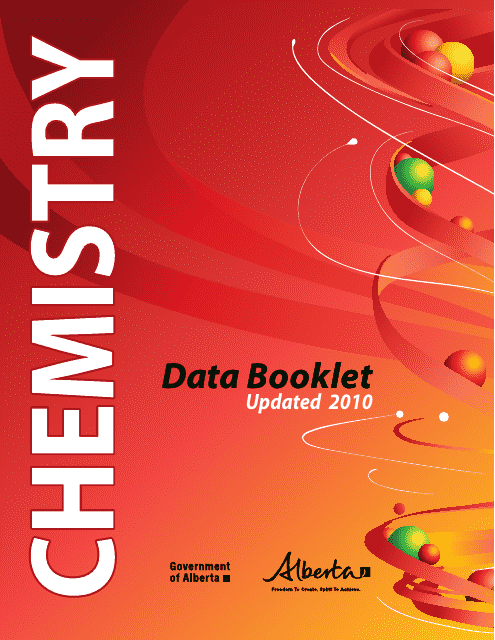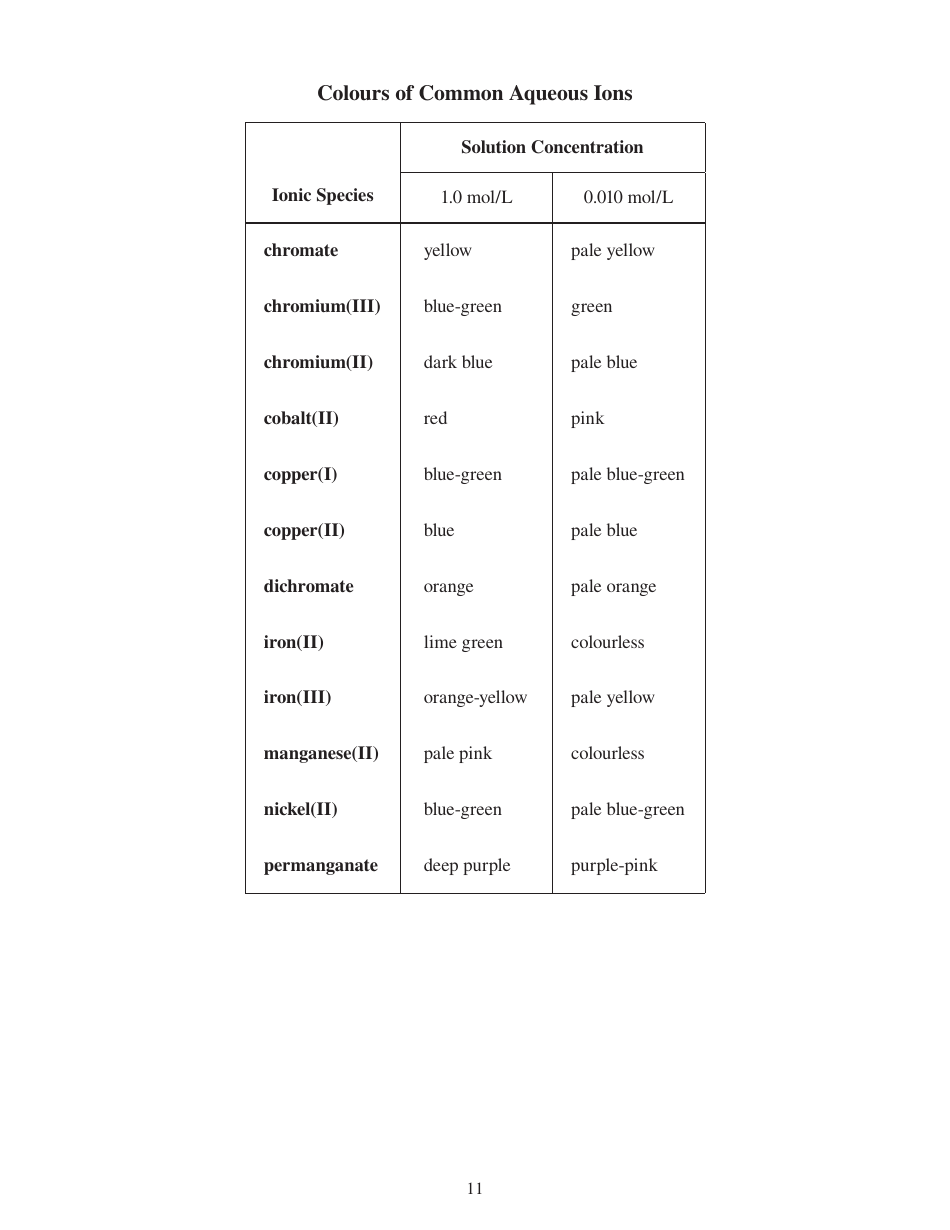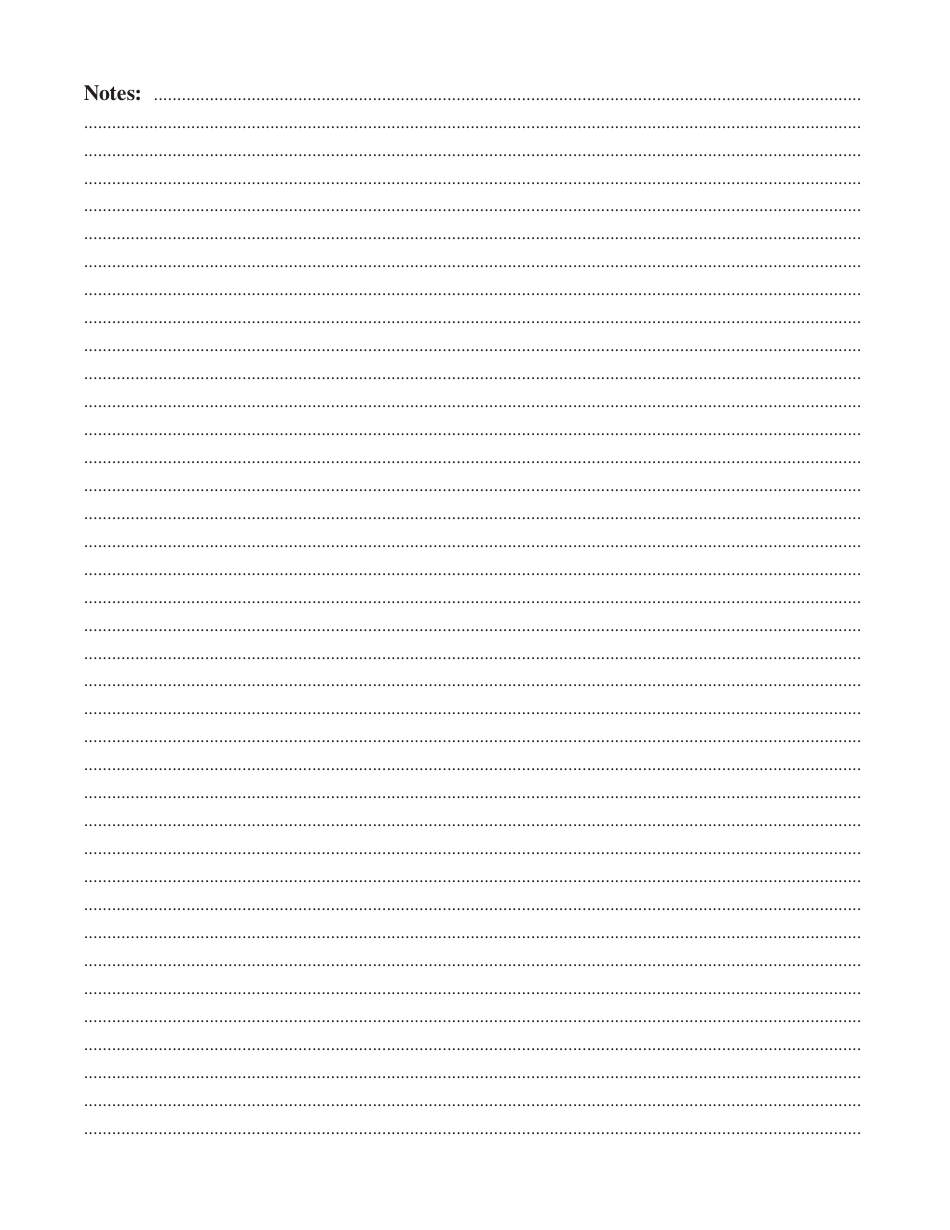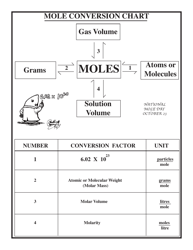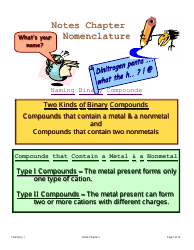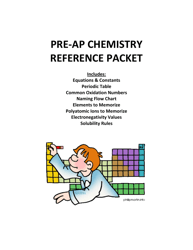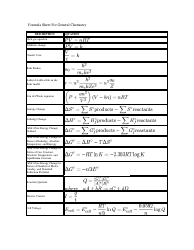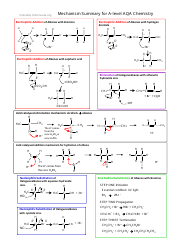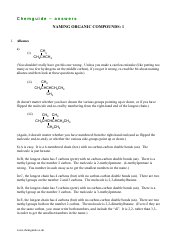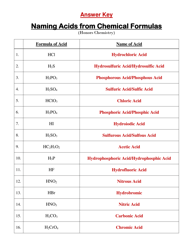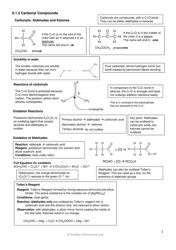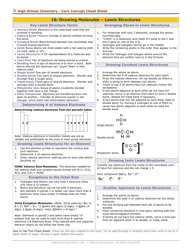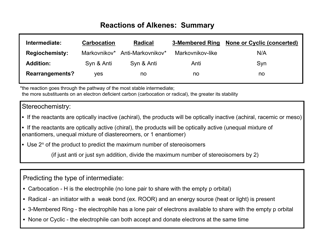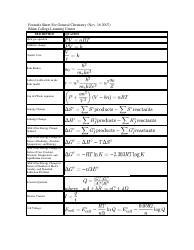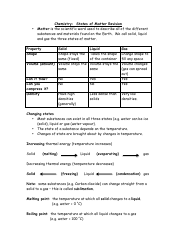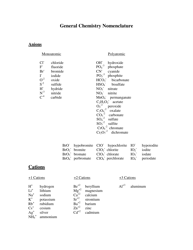Inorganic Chemistry Cheat Sheet
An inorganic chemistry cheat sheet is a condensed summary of key concepts, formulas, and information in the field of inorganic chemistry. It can be used as a quick reference guide or study aid for students and professionals to easily access important information related to inorganic chemical elements, compounds, reactions, and properties.
FAQ
Q: What is inorganic chemistry?
A: Inorganic chemistry is the study of the properties and behaviors of inorganic compounds, which include minerals, metals, and nonmetals.
Q: What are inorganic compounds?
A: Inorganic compounds are substances that do not contain carbon-hydrogen bonds, such as salts, metals, and minerals.
Q: What is the difference between inorganic chemistry and organic chemistry?
A: Inorganic chemistry primarily focuses on the study of inorganic compounds, while organic chemistry deals with the study of carbon-containing compounds.
Q: What are some applications of inorganic chemistry?
A: Inorganic chemistry has numerous applications in various fields, including materials science, environmental science, medicine, and industry.
Q: What are some common examples of inorganic compounds?
A: Common examples of inorganic compounds include water (H2O), table salt (NaCl), and carbon dioxide (CO2).
